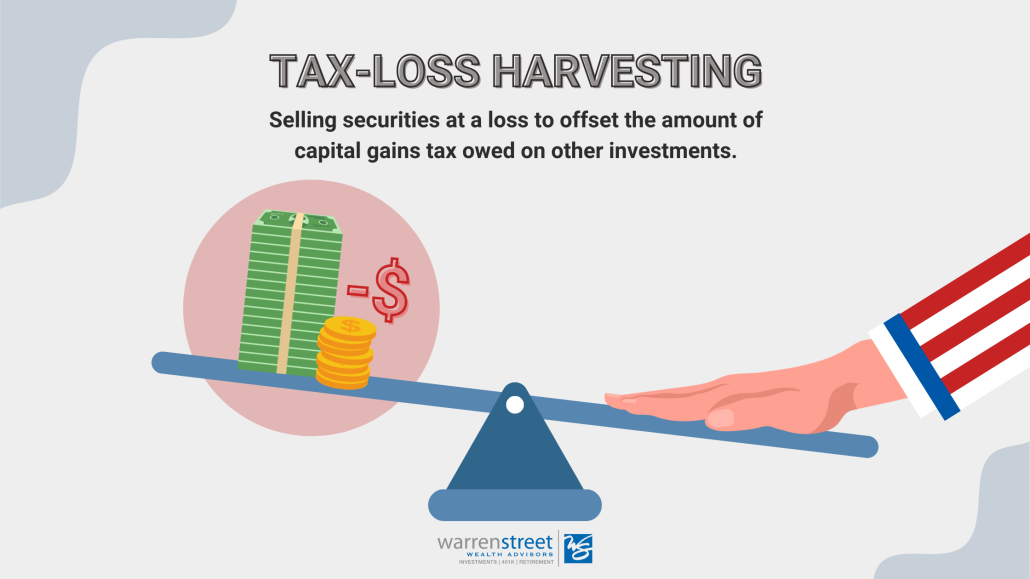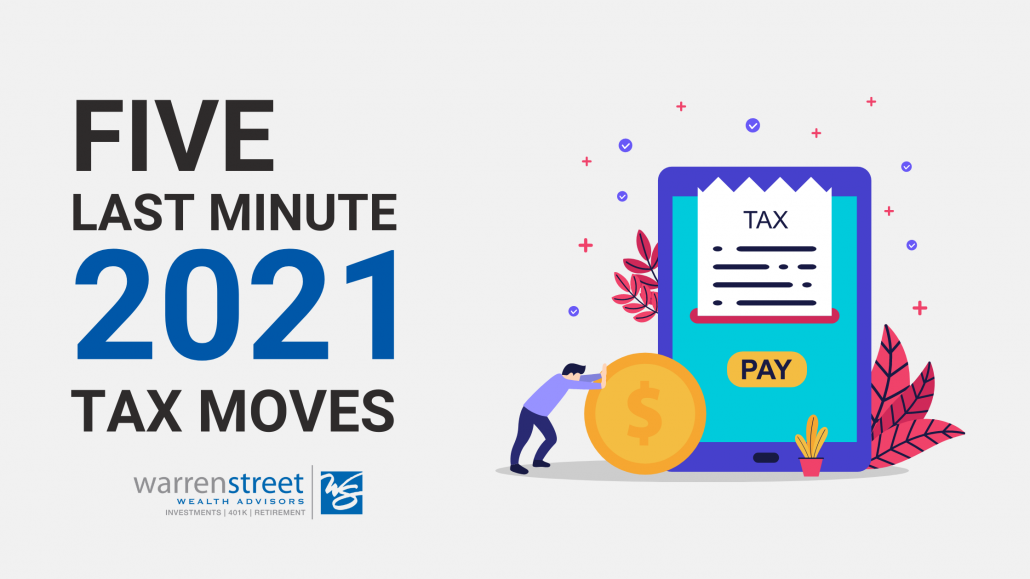In planning for retirement, one topic is often top of mind: whether or not Social Security will still be around when we retire.
As we covered in a related post, When Should You Take Your Social Security, most of us have been paying into the program our entire working life. We’re counting on receiving some of that money back in retirement.
But then there are those headlines, warning us that the Social Security trust fund is set to run dry around 2034.
Does this mean you should grab what you can, as soon as you’re able? Let’s explain why we agree with Social Security specialist Mary Beth Franklin, who suggests the following:
“While there may be good reasons to file for reduced Social Security benefits early, claiming Social Security prematurely out of fear is a bit like selling stocks in a down market: All you’ve guaranteed is that you’ve locked in a loss. And if future benefit cuts did materialize, the benefits of those who claimed as soon as possible would be reduced even further.”
— Mary Beth Franklin, InvestmentNews
Still, Social Security Will Likely Change
While we don’t expect Social Security to go bust, we do expect it will need to change in the years ahead. As its trustees have reported:
“Social Security is not sustainable over the long term at current benefit and tax rates … [and] trust fund reserves will be depleted by 2034.”
But let’s unpack this statement. First, “depleted” does not mean the Social Security Administration is going to turn out the lights and go home. It means it could run out of trust fund reserves by then, which are used to top off the total amount spent on Social Security benefits. There are still payroll taxes and other sources to cover more than 77% of the program’s payouts. So, worst case, if we did nothing but wait for the reserves to run out, we’d be forced to make hard choices about an approximate 23% shortfall starting around 2034.
Admittedly, Social Security is between a rock and a hard place. Nobody wants to lose benefits they’ve been counting on or spend significantly more to maintain the status quo. But if we don’t do something to shore up the program’s reserves, our options will likely only worsen.
In this context, the political will to reform Social Security seems strong, and bipartisan. As Buckingham Strategic Partners retirement planning specialist Jeffrey Levine has observed:
“My gut sense is that practically no politician in America would ultimately be happy having to explain to voters why they let Social Security collapse on their watch … That’s not a great message to have to bring to voters, especially older voters who show up at the polls in the greatest numbers.”
As members of Congress wrangle over the “best” (or least abhorrent) solutions for their constituents, they have been submitting proposals behind the scenes, and the Social Security Administration has been weighing in on the estimated effect for each.
Time will tell which proposals become legislated action, but the range of possibilities essentially falls into two broad categories: We can pay more in, or we can take less out. Most likely, we’ll need to do a bit of both.
Possible Ways to Pay More In
To name a few ways to replenish Social Security’s reserves, Congress could:
- Raise the cap on wages subject to Social Security tax: As of 2023, earnings beyond $160,200 per year are not subject to Social Security tax. There’s been talk of increasing this cap, eliminating it entirely, or reinstating it for income beyond certain high-water marks.
- Increase the Social Security tax rate for some or all workers: Currently, employers and employees each pay in 6.2% of their wages, for a total 12.4% up to the aforementioned wage cap. (This does not include an additional Medicare tax, which is not subject to the wage cap.) As cited in a September 2022 University of Maryland School of Public Policy report, “73% (Republicans 70%, Democrats 78%) favored increasing the payroll tax from 6.2 to 6.5%.”
- Increase the tax on Social Security payouts, and direct those funds back into the program: Currently, if your “combined income” exceeds $44,000 on a joint return ($34,000 on an individual return), up to 85% of your Social Security benefit is taxable, as described here. Anything is possible, but taxing retirees more heavily seems less politically palatable than some of the other options.
- Identify new funding sources: For example, one recent bipartisan proposal would establish a dedicated “sovereign-wealth fund,” seeded with government loans. Presumably, it would be structured like an endowment fund, with an investment time horizon of forever. In theory, its returns could augment more conservatively invested Social Security trust fund reserves. Other proposals have explored a range of potential new taxes aimed at filling the gap.
Options for Taking Less Out
We could also cut back on Social Security spending. Some of the possibilities here include:
- Reducing benefits: Payouts could be cut across the board, or current bipartisan conversations seem focused on curtailing wealthier retirees’ benefits.
- Extending the full retirement age: There are proposals to extend the full retirement age for everyone, or at least for younger workers. This would effectively reduce lifetime payouts received, no matter when you start drawing benefits.
- Tinkering with COLAs: There are also bipartisan conversations about replacing the benchmark used to calculate the Cost-of-Living Adjustment (COLA), which might lower these annual adjustments in some years.
These are just a few of the possibilities. Some would impact everyone. Others are aimed at higher earners and/or more affluent Americans. It’s anybody’s guess which proposals make it through the political gamut, or what form they will take if they do.
Should You Take Your Social Security Early?
So, given the uncertainties of the day, should you start drawing benefits sooner than you otherwise would? An objective risk/reward analysis helps guide the way.
Many investors feel “safer” taking their Social Security as soon as possible, to avoid losing what seems like a bird in the hand. However, the appeal of this approach is often fueled by deep-seated loss aversion. Academic insights suggest we dislike the thought of losing money about twice as much as we enjoy the prospect of receiving more of it. Thus, we tend to cringe more over a potential loss of promised benefits than we factor in the substantial rewards we stand to gain by waiting. Put another way:
You’re not reducing your financial risks by taking Social Security early. You’re only changing which risks you’re taking. In exchange for an earlier and more assured payout, you’re also accepting a permanent, cumulative cut to your ongoing benefits.
If this still seems like a fair trade-off, consider that Social Security is one of the few sources of retirement income ideally structured to offset three of retirement’s greatest risks:
- Life expectancy risk: In an annuity-like fashion, Social Security is structured to continue paying out, no matter how long you and your spouse live.
- Inflation risk: The payouts are adjusted annually to keep pace with inflation.
- Market risk: Even in bear markets, Social Security keeps paying, with no drop in benefits.
In short, if you are willing and able to wait a few extra years to receive a permanently higher payout, you can expect to better manage all three of these very real retirement risks over time.
This is not to say everyone should wait until their Full Retirement Age or longer to start taking Social Security. When is the best time for you and your spouse to start drawing benefits? Rather than hinging the decision on uncontrollable unknowns, we recommend using your personal circumstances as your greatest guide. Consider the retirement risks that most directly apply to you and yours, and chart your course accordingly.
But you don’t have to go it alone. Please be in touch if we can assist you with your Social Security planning, or with any other questions you may have as you prepare for your ideal retirement.
Emily Balmages, CFP®
Director of Financial Planning, Warren Street Wealth Advisors
Investment Advisor Representative, Warren Street Wealth Advisors, LLC., a Registered Investment Advisor
The information presented here represents opinions and is not meant as personal or actionable advice to any individual, corporation, or other entity. Any investments discussed carry unique risks and should be carefully considered and reviewed by you and your financial professional. Nothing in this document is a solicitation to buy or sell any securities, or an attempt to furnish personal investment advice. Warren Street Wealth Advisors may own securities referenced in this document. Due to the static nature of content, securities held may change over time and current trades may be contrary to outdated publications. Form ADV available upon request 714-876-6200.








